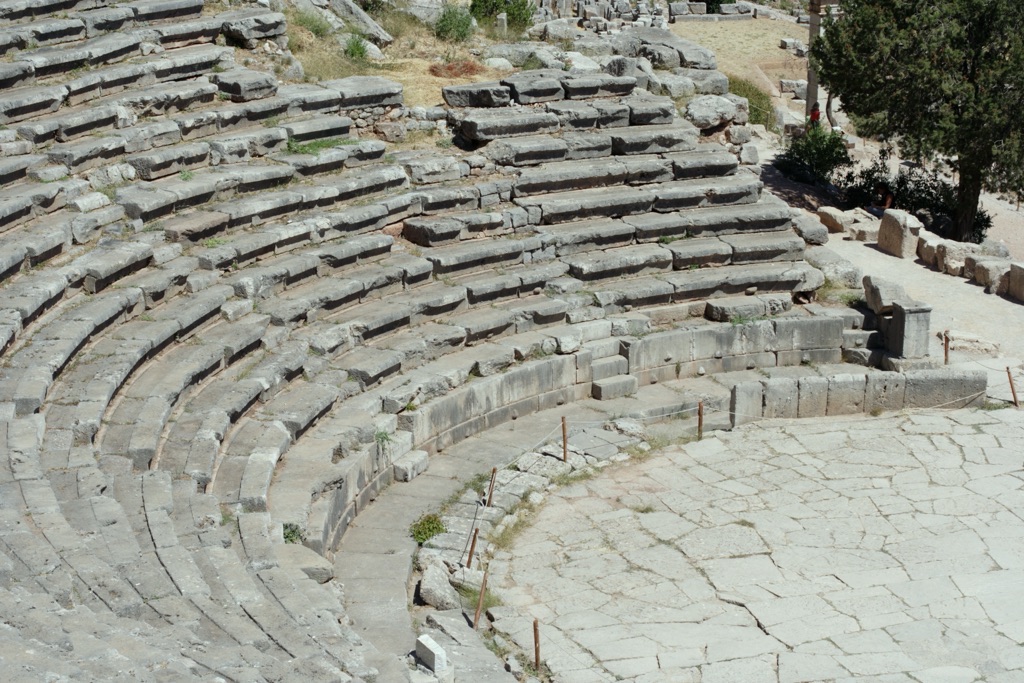The Ancient Greek theatre of Delphi, situated on the southwestern slope of Mount Parnassus, is a significant archaeological site that showcases the grandeur of ancient Greek culture and architecture. Constructed in the 4th century BC, the theatre was an integral part of the Pythian Games, one of the four Panhellenic games of Ancient Greece. It was also a place where plays were performed during religious festivals. The theatre, with its 35 rows that could accommodate around 5,000 spectators, is a testament to the architectural prowess of the ancient Greeks. Its exceptional acoustics, panoramic views, and intricate design make it a marvel of ancient engineering.
Get your dose of History via Email
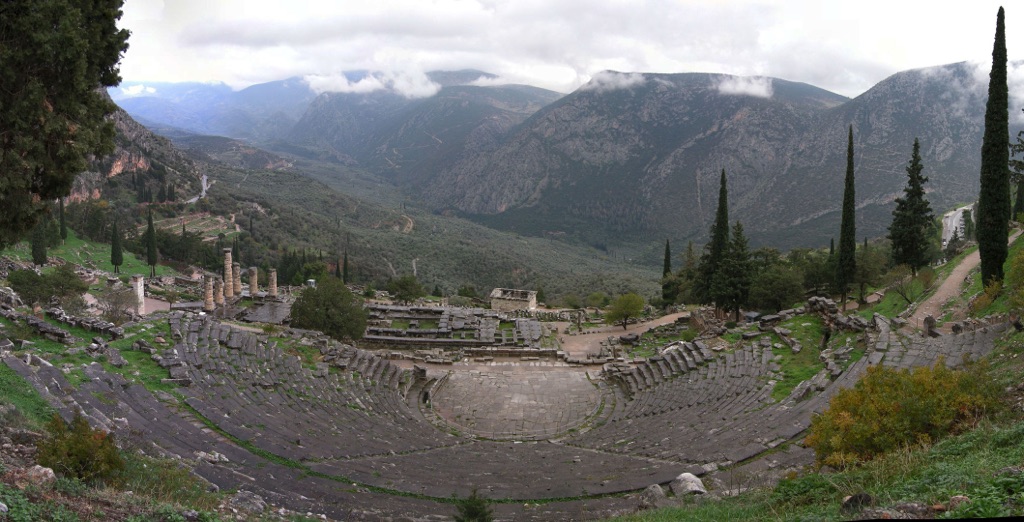
What is the historical significance of the Ancient Greek theatre of Delphi and what role did it play in ancient Greek culture and society?
The Ancient Greek theatre of Delphi held immense historical significance as it was a focal point of social and cultural activities in ancient Greece. The theatre was not just a venue for entertainment but also a place where religious, political, and social issues were addressed through the medium of dramatic performances. The theatre was integral to the Pythian Games, which were religious festivals held in honor of Apollo, the Greek god of music, truth, and prophecy.
The theatre served as a platform for the citizens of ancient Greece to engage in political discourse and voice their opinions. The plays performed often reflected the social and political climate of the time, offering insights into the values, beliefs, and issues prevalent in ancient Greek society. Furthermore, the theatre was a place where the community came together, reinforcing social bonds and communal identity.
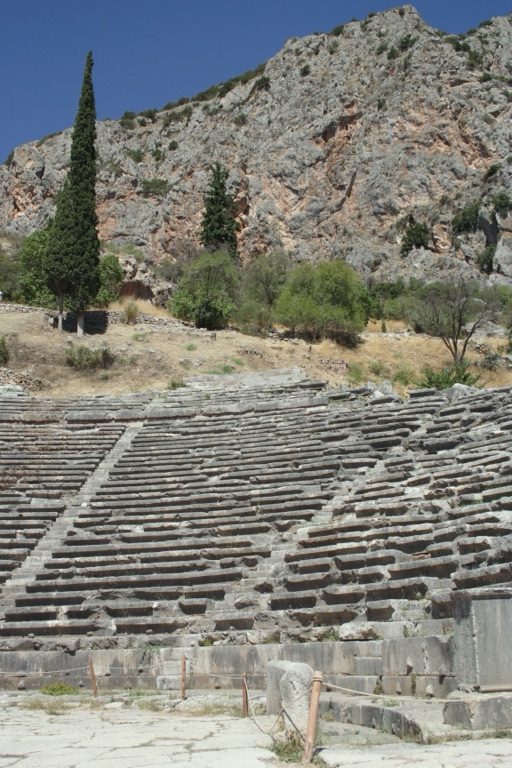
What are some of the key architectural features of the Ancient Greek theatre of Delphi and what role did it play in ancient Greek culture and society?
The Ancient Greek theatre of Delphi is renowned for its architectural brilliance. The theatre was built into the natural slope of Mount Parnassus, taking advantage of the landscape to provide excellent acoustics and visibility. The theatre could accommodate around 5,000 spectators, with the seating divided into two sections separated by a horizontal walkway.
The theatre’s design reflects the importance of spectatorship in ancient Greek culture. The semicircular orchestra, where the chorus performed, was the focal point of the theatre, allowing the audience to fully engage with the performances. The skene, or stage building, was another significant feature. It was here that the actors performed, and it often included painted scenery to enhance the visual appeal of the performances.
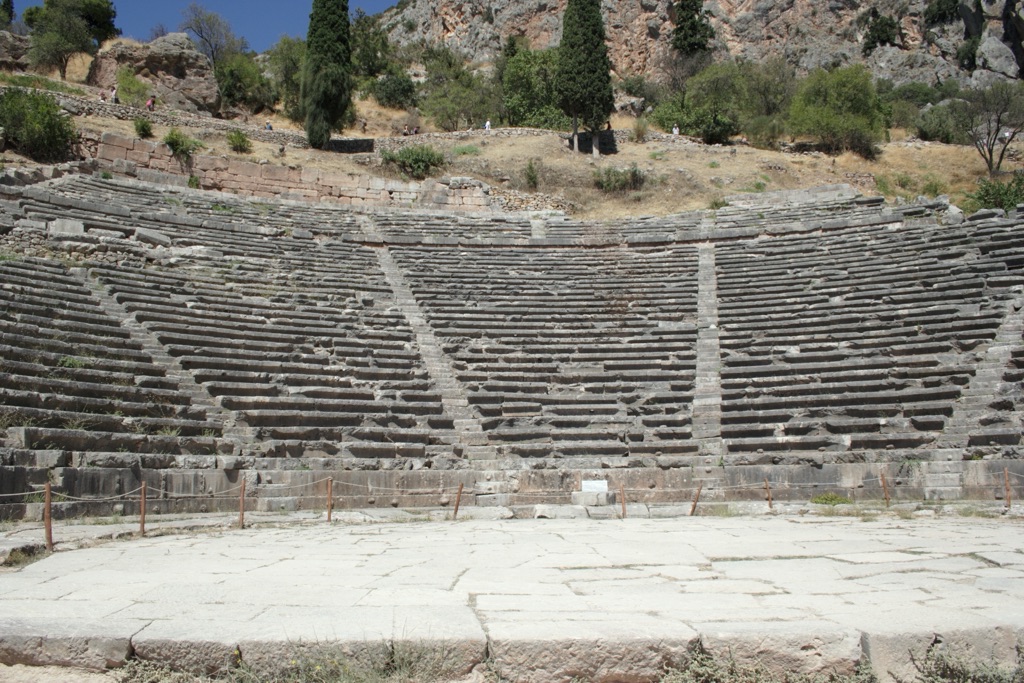
What are some of the key architectural features and discoveries made at the Ancient Greek theatre of Delphi?
Archaeological excavations at the Ancient Greek theatre of Delphi have revealed a wealth of information about its architectural features and the techniques used in its construction. The theatre’s design showcases the advanced engineering skills of the ancient Greeks. The use of local Parnassus limestone in the construction of the theatre demonstrates the resourcefulness of the ancient Greeks.
One of the most significant discoveries at the theatre is the inscriptions found on the stone seats. These inscriptions, which include names and titles, suggest that certain seats were reserved for priests and other important individuals, indicating the hierarchical nature of ancient Greek society.
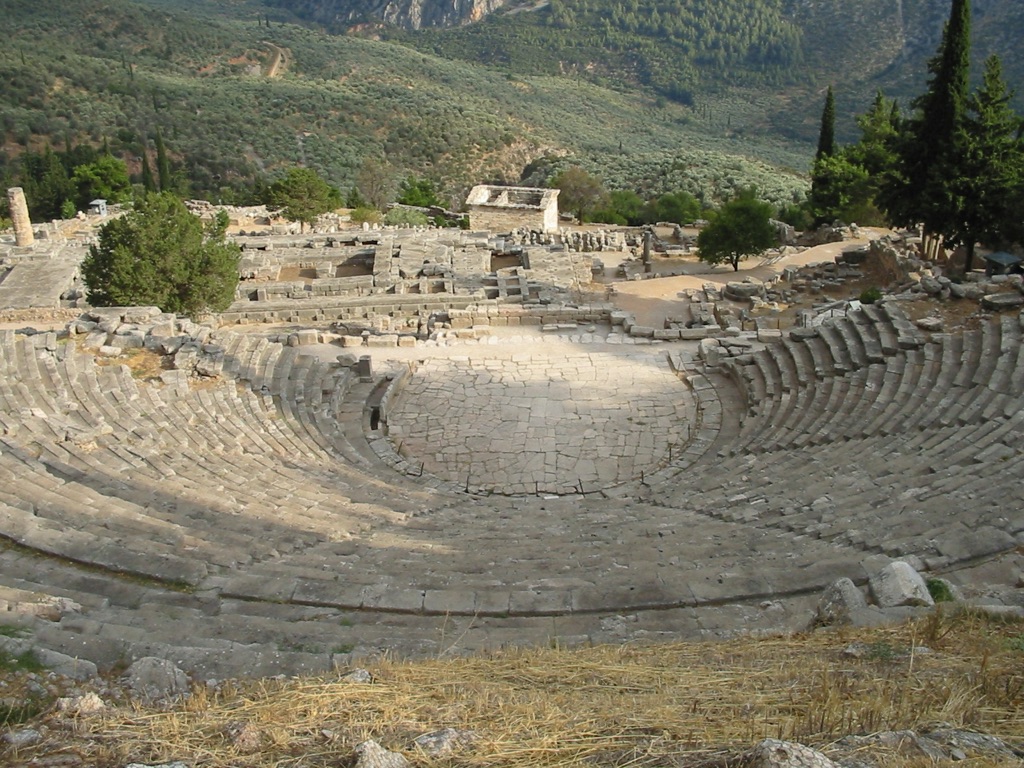
What are some of the key architectural features and techniques used in the construction of the Ancient Greek theatre of Delphi?
The construction of the Ancient Greek theatre of Delphi involved a number of innovative architectural techniques. The theatre was built into the natural slope of the mountain, a technique that provided structural stability and enhanced the acoustics. The semicircular design of the theatre, with its tiered seating, ensured that all spectators had a clear view of the performances.
The use of local limestone in the construction of the theatre is another noteworthy feature. This material was not only readily available but also durable, ensuring the longevity of the structure. The stone seats were carefully carved and arranged in a tiered fashion, demonstrating the precision and skill of the ancient Greek craftsmen.
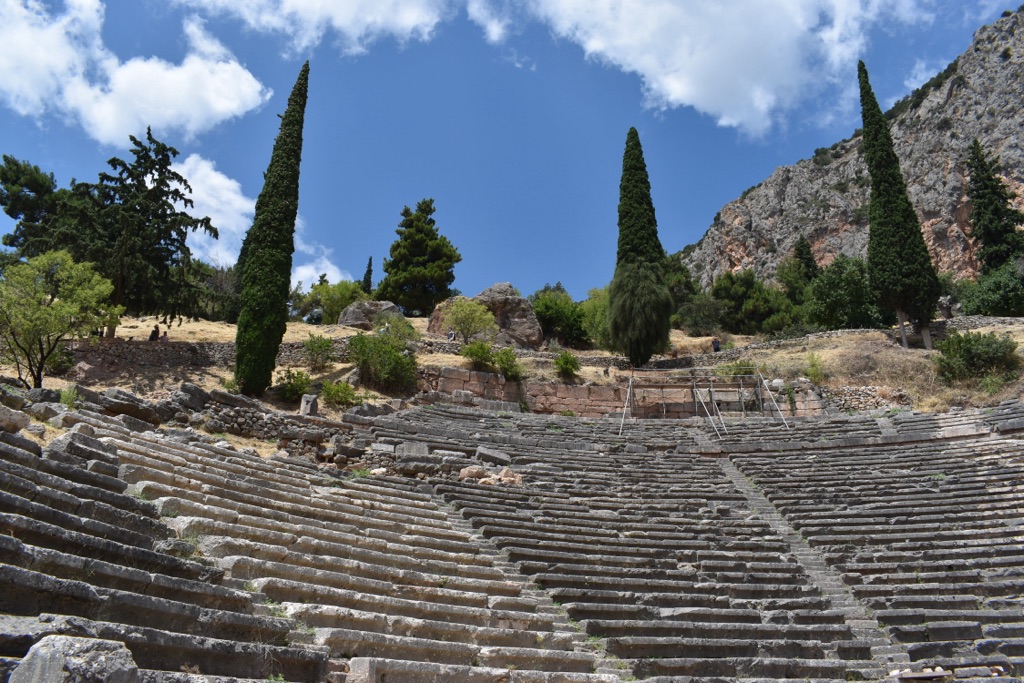
Conclusion and Sources
The Ancient Greek theatre of Delphi is a remarkable testament to the architectural prowess and cultural richness of ancient Greece. Its historical significance, architectural features, and the role it played in ancient Greek society make it a fascinating subject of study. The theatre continues to captivate scholars and visitors alike, offering valuable insights into the world of ancient Greece.
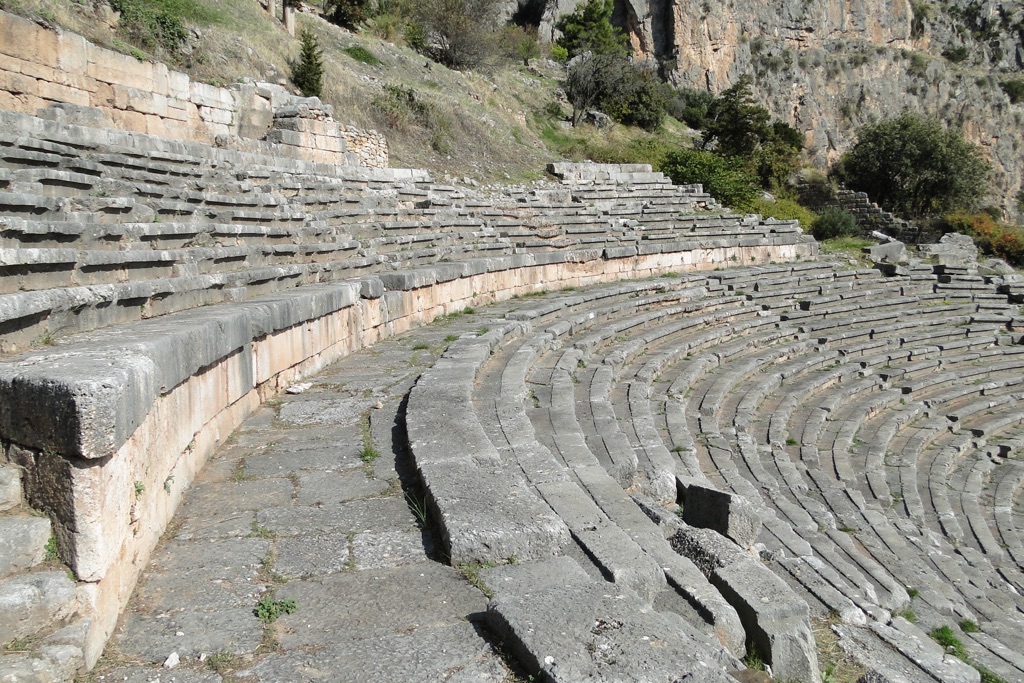
For further reading and to validate the information presented in this article, the following sources are recommended:

